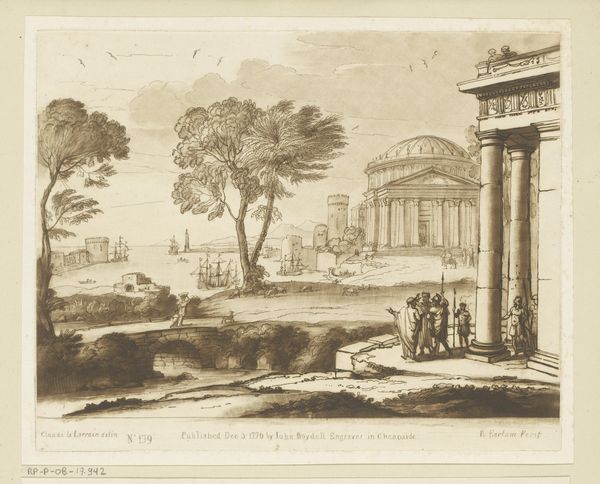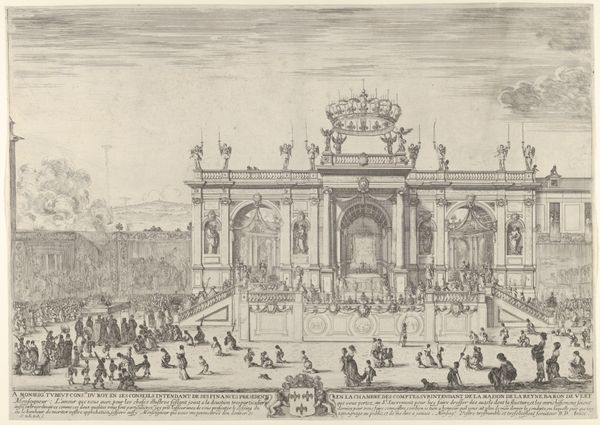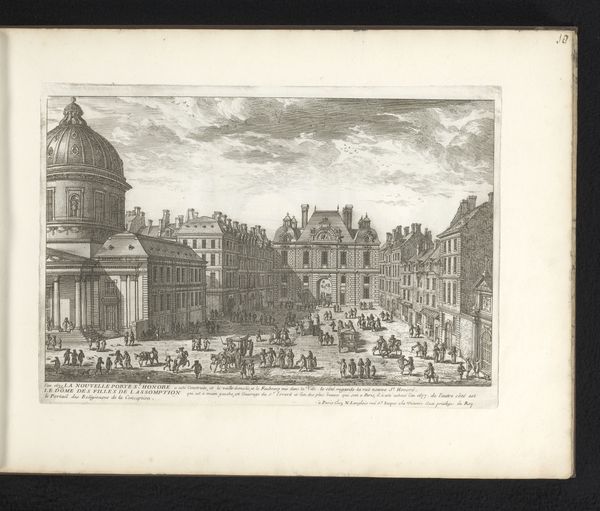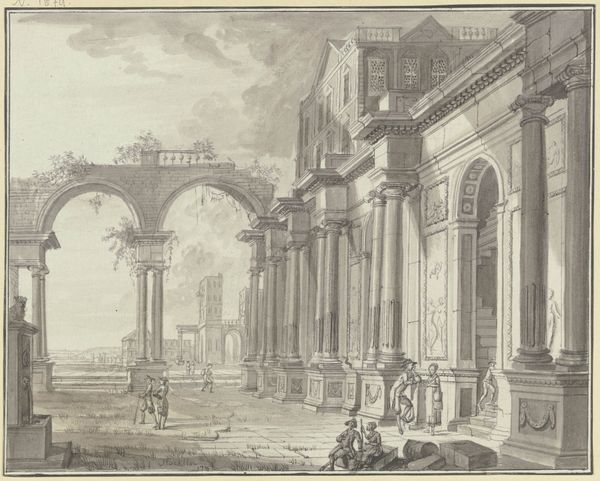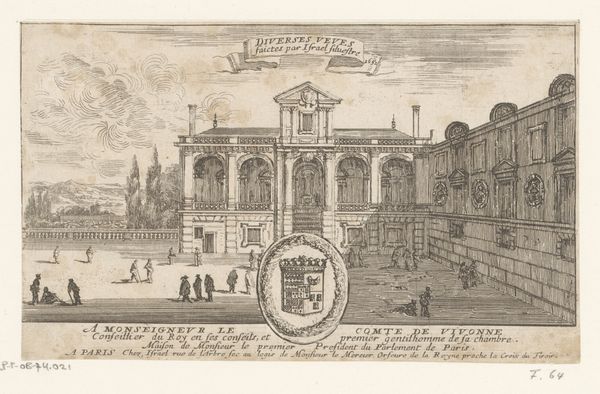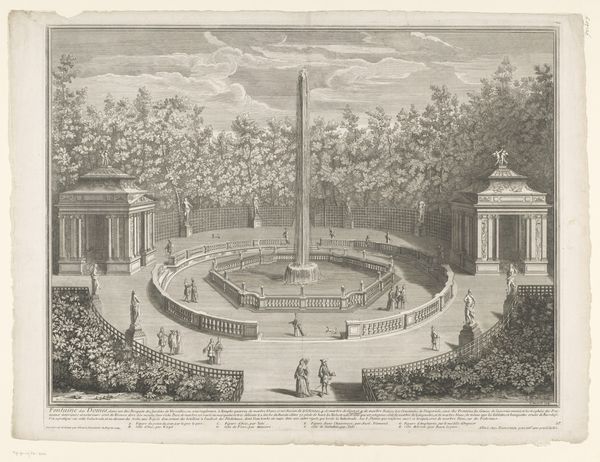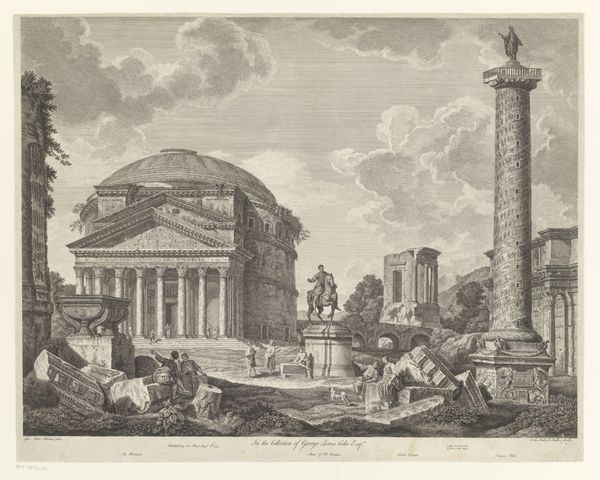![Plate 10: 'The ancient Capitol ascended by approximately one hundred steps [...]' (Campidoglio antico a cui si ascendeva per circa cento gradini [...]), from the series 'Part one of architecture and perspectives: drawn and etched by Gio. Batt'a Piranesi, Venetian Architect: dedicated to Nicola Giobbe' (Prima parte di Architetture, e prospettive inventate, ed incise da Gio. Batt'a Piranesi Architetto Veneziano dedicate al Sig. Nicola Giobbe) by Giovanni Battista Piranesi](/_next/image?url=https%3A%2F%2Fd2w8kbdekdi1gv.cloudfront.net%2FeyJidWNrZXQiOiAiYXJ0ZXJhLWltYWdlcy1idWNrZXQiLCAia2V5IjogImFydHdvcmtzL2Q5NGQxODc0LTllNjctNDA1Zi1hYWZkLTc0ZjQyMzM2NDE4Zi9kOTRkMTg3NC05ZTY3LTQwNWYtYWFmZC03NGY0MjMzNjQxOGZfZnVsbC5qcGciLCAiZWRpdHMiOiB7InJlc2l6ZSI6IHsid2lkdGgiOiAxOTIwLCAiaGVpZ2h0IjogMTkyMCwgImZpdCI6ICJpbnNpZGUifX19&w=3840&q=75)
Plate 10: 'The ancient Capitol ascended by approximately one hundred steps [...]' (Campidoglio antico a cui si ascendeva per circa cento gradini [...]), from the series 'Part one of architecture and perspectives: drawn and etched by Gio. Batt'a Piranesi, Venetian Architect: dedicated to Nicola Giobbe' (Prima parte di Architetture, e prospettive inventate, ed incise da Gio. Batt'a Piranesi Architetto Veneziano dedicate al Sig. Nicola Giobbe) 1743
0:00
0:00
drawing, print, etching, engraving, architecture
#
drawing
# print
#
etching
#
cityscape
#
italian-renaissance
#
engraving
#
architecture
Dimensions: Sheet: 10 5/8 x 14 7/16 in. (27 x 36.6 cm)
Copyright: Public Domain
This etching by Giovanni Battista Piranesi captures the imagined grandeur of the ancient Capitoline Hill, and was part of a series dedicated to Nicola Giobbe. Piranesi, working in the 18th century, was deeply influenced by the historical and cultural weight of Rome, a city layered with the remnants of its imperial past. Here, the artist reconstructs the ancient Capitol, not necessarily as it was, but as it might have been, laden with obelisks and statuary, ascending to temples. The figures are dwarfed by the architecture, suggesting a narrative of power and permanence. Piranesi plays with perspective to enhance the emotional impact. There is a kind of longing in his work, I think, a desire to recapture and monumentalize a glorious past, even if only in the realm of imagination. Piranesi’s Rome is never simply a documentation; it's always a passionate, subjective interpretation. He invites us to consider how we construct history. I think the artist is telling us that history is never really fixed. Instead, it's a living thing, shaped by memory, desire, and, perhaps, even a little bit of fantasy.
Comments
No comments
Be the first to comment and join the conversation on the ultimate creative platform.
